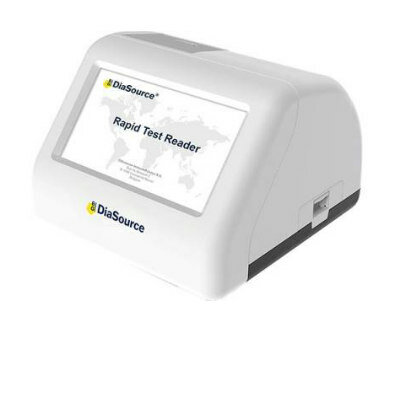Freeze-Dried Nanoparticles Effectively Deliver Genes to Glioblastoma Cells in Culture
By LabMedica International staff writers
Posted on 19 Jul 2011
Specially tailored biodegradable nanoparticles were used to deliver genes to primary glioblastoma (GB) cells as well as to GB tumor stem cells.Posted on 19 Jul 2011
Investigators at Johns Hopkins University (Baltimore, MD, USA) prepared the nanoparticles from a mixture of poly(beta-amino ester) and DNA. In this case, the DNA encoded a protein that acted as a green fluorescent marker.
Nanoparticles were added to cultures of human brain tumor cells and human brain tumor stem cells. After 48 hours, the cultures were examined and the proportion of cells expressing the fluorescent marker after incorporation of the nanoparticles was determined.
Different methods were tested for storing the nanoparticles and the above experiment was repeated with nanoparticles stored under various conditions for differing periods of time. Results published in the August 2011 issue of the journal Biomaterials revealed that the nanoparticles could deliver genes to primary GB cells as well as to GB tumor stem cells in vitro with low nonspecific toxicity and transfection efficiencies of up to about 60% in normal (10%) serum conditions. Furthermore, the nanoparticles could be freeze-dried (lyophilized) and then stored at room temperature for up to three months with no discernible loss of activity.
“Most nonviral gene therapy methods have very low efficacy,” said senior author Dr. Jordan Green, assistant professor of biomedical engineering at Johns Hopkins University. “Nanoparticle-based gene therapy has the potential to be both safer and more effective than conventional chemical therapies for the treatment of cancer.”
Related Links:
Johns Hopkins University










 (3) (1).png)


